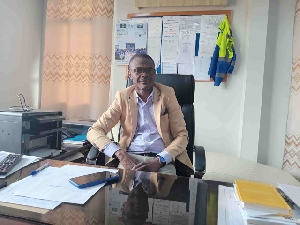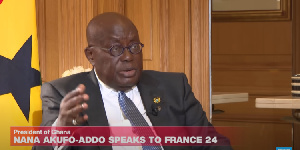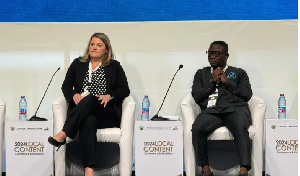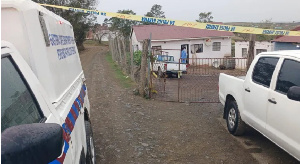- Abaare Reports
- Addi Kujay
- AfricaCNNnews
- Afriyie Kwaku Boachie
- AHAFO
- Alby News Ghana
- ASHANTI
- BONO EAST
- BRONG AHAFO
- Canard Afriq
- Cash In Trash
- CENTRAL
- Cherries
- Club Mate
- Courageous World
- Crest City News
- Current Affairs
- Daily Biz
- DailySpot
- Daniel Kaku
- Da Spicy News
- DC KWAME KWAKYE
- EASTERN
- EBI
- Facts Check
- Gabs Feed
- Ghana News Timeline
- Ghana News Update
- Godblessed1
- GREATER ACCRA
- Great Okocha
- Harry Graphic
- iNews
- Info News Ghana
- King B
- Kofipedia
- Lovely
- Managing GH
- Man Zekay
- Mart News Empire
- Maxkaytheblogger
- Mohammed Zakwan
- MyDailyNews
- Nana Kay News
- News Hub GH
- News Today
- News Zone 360
- Nine 9
- NORTH EAST
- NORTHERN
- ObuabaMedia
- OTI
- Priests News
- Royalnews360
- Sahara Writers
- SAVANNAH
- Simpsons Blog
- Skate News
- Smart News Ghana
- SpinnerWeb
- Teddytheblogger
- Ted News Ghana
- The news
- TheoNews
- Trending Now
- UPPER EAST
- UPPER WEST
- VOLTA
- Wadupgh
- Web Brief
- WESTERN
- WESTERN NORTH
Nine 9 Blog of Friday, 28 July 2023
Source: nine 9 9
Unexpanded systems risk water crises for Ho.

If existing infrastructure are not improved to meet population demands, Ho, the Volta Regional capital, might face a water catastrophe in two to five years.
In an exclusive interview in Ho, Ghana Water Company Limited (GWCL) Regional Chief Manager Francis Lamptey told the Ghana News Agency that if systems were not expanded and more boreholes sunk, the situation could worsen from twice-weekly water management or rationing to one.
He blamed the demand-supply imbalance and municipal population growth.
He explained that large numbers of students in tertiary institutions in the enclave, such as the Ho Teaching Hospital, University of Health and Allied Sciences, Ho Technical University, and Nursing Training College, had increased the population exponentially and increased water demand.
The Kpeve Water Treatment Plant, with an installed capacity of 18,181 cubic metres/day, supplies 11,272 cubic metres/day to Ho Municipal, sections of South Dayi, and Afadzato South districts.
He claimed Ho and its surroundings had 262,000 people and a water supply demand of 23,580 cubic metres/day, leaving a demand gap of 12,308 cubic metres/day.
However, GWCL has repaired Kpeve head works filters and high lift pumps to increase water production.
On the regional water situation, Mr. Lamptey stated the water Company operates and maintains 10 water supply systems with an installed capacity of 37,051 cubic metres/day and an average daily production of 22,265 cubic metres.
The Regional Chief Manager said eight of the systems use groundwater, five use surface water, while the Oti enclave's Jasikan and Worawora systems are part of the Volta water sector.
With its urban population of 743,997 and water demand of 44,639 cubic metres, which the water firm administers for its clients, Mr. Lamptey estimated the region's average water supply coverage at 50%.
The Regional Chief Manager of GWCL said the Agordome Water Treatment expansion and restoration at Sogakope in the South Tongu area, estimated at 85 million Euros, was being supported by a concessionary loan and was proceeding well.
He repeated that the first phase of the 61 million Euro Dambai water infrastructure, funded by Hungary and Germany, was pending.
Deutsche Bank is also working on the Hohoe water supply expansion project.
Mr. Lamptey listed the Company's issues as a restricted distribution network, decrepit treatment plants and limited plant capacity, low yielding boreholes, inconsistent power supply, and demand and supply gap.
He said GWCL was working with the Electricity Company of Ghana and the Public Utility and Regulatory Commission to provide reliable power for water delivery.
The government, Ministry of Sanitation and Water Resources, and GWCL had hired Messrs Lesico Ghana to expand the Agordome Water Treatment Plant to service more people.
He stated the Hohoe and Dambai water supply systems were ready for expansion.
Mr. Lamptey said feasibility studies for the Sogakope-Lome water project, a public-private partnership, have been completed.
The Regional Chief Manager said GWCL's debt portfolio in the Volta region was GHC 22.9 million as of May, with domestic sales accounting for GHC9.0 million, second cycle institutions for GHC 7.9 million, commercial sales for GHC3.2 million, and security services for GHC996,391.
He revealed plans to redeem these funds.
Entertainment










